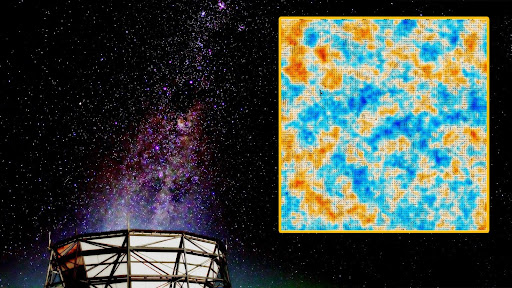supernova
Latest about supernova
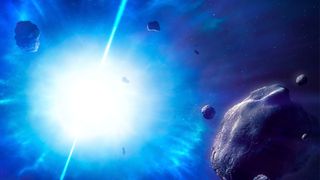
Extreme 'zombie star' capable of ripping human atoms apart is shooting through the Milky Way — and nobody knows where it came from
By Harry Baker published
Astronomers have discovered that the magnetar SGR 0501+4516 is speeding through our galaxy at more than 110,000 mph. This unusually fast speed hints that it was not born as expected, which could help explain the puzzling origin of some fast radio bursts.
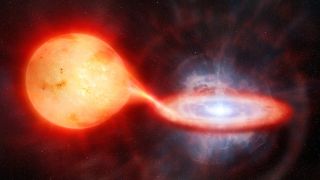
Weird repeating nova explosion is one of the hottest blasts ever seen
By Shreejaya Karantha published
Researchers conducted the first-ever near-infrared analysis of an extragalactic recurrent nova and found it is one of the hottest nova explosions ever discovered.
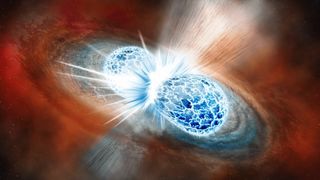
Scientists find evidence of 'supernova graveyard' at the bottom of the sea — and possibly on the surface of the moon
By Jenna Ahart published
After finding the debris of two colliding stars swimming in the ocean, researchers are after more evidence from the lunar soil.
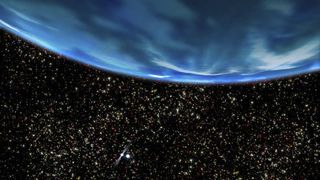
The universe's water is billions of years older than scientists thought — and may be nearly as old as the Big Bang itself
By Joanna Thompson published
A new study suggests that water first appeared in the universe just a couple hundred million years after the Big Bang — meaning life could have evolved billions of years earlier than previously thought.
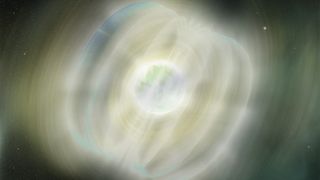
Fast radio burst traced to the outskirts of an ancient 'graveyard' galaxy — and the cause remains a mystery
By Jenna Ahart last updated
Scientists have traced a repeating fast radio burst (FRB) to the edge of an ancient galaxy where star formation has drastically dropped. Researchers are struggling to explain what caused it.
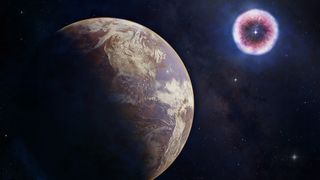
Did a supernova 6 million years ago kickstart evolution in Africa? New study offers a clue
By Ben Turner published
A curious connection between an ancient supernova and virus diversification in one of Earth's biggest lakes means that crazy cosmic events may have had more influence on our planet than we thought.
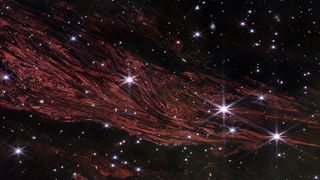
Space photo of the week: James Webb telescope reveals mysterious 'light echo' in the broken heart of Cassiopeia
By Shreejaya Karantha published
Beautifully captured by the James Webb Space Telescope (JWST), this image shows interstellar gas and dust lit up by a dead star in Cassiopeia.

Most energetic neutrino ever found on Earth detected at the bottom of the Mediterranean Sea
By Ben Turner published
Physicists have detected the highest-energy 'ghost particle' ever felt on Earth, with nearly 100 times more energy than any neutrino previously detected.
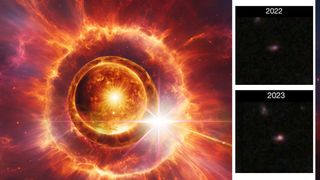
James Webb Space Telescope discovers one of the earliest 'truly gargantuan' supernovas ever seen
By Robert Lea published
The James Webb Space Telescope has spotted one of the earliest and most distant supernovas, marking the death of a stellar monster 20 times the mass of the sun.
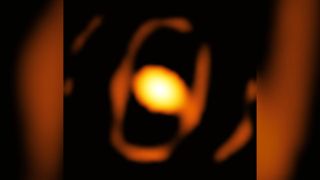
'Behemoth star' captured in spectacular close-up image — and it's on the brink of exploding
By Harry Baker published
Astronomers have taken a superdetailed, zoomed-in photo of the Large Magellanic Cloud's "behemoth star." The stunning image, which is the first of its kind from outside the Milky Way, shows that the giant star is right on the edge of going supernova.
Get the world’s most fascinating discoveries delivered straight to your inbox.


